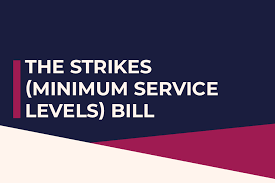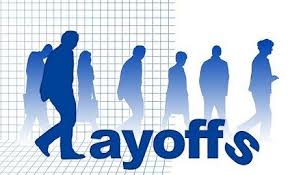Minimum Wage Laws: 50-State Survey under Employment Law
Minimum Wage Laws: 50-State Survey
1. Introduction
Minimum wage laws set the lowest hourly wage that employers can legally pay employees. In the U.S., the federal government establishes a baseline minimum wage, but each state can set its own minimum wage higher than the federal standard. Some localities (cities/counties) may also enact higher minimum wages.
2. Federal Minimum Wage Law
The Fair Labor Standards Act (FLSA), enacted in 1938, sets the federal minimum wage and overtime pay standards.
Current federal minimum wage: $7.25 per hour (since 2009).
Federal law sets a floor, not a ceiling — states can enact higher minimum wages.
3. State Minimum Wage Laws
All 50 states have minimum wage laws, though some states default to the federal minimum (meaning the federal minimum applies).
Many states have established their own higher minimum wages.
Some states tie increases to inflation or cost of living indexes.
Examples of states with high minimum wages: California, Washington, Massachusetts.
States with minimum wages equal to federal minimum or no set minimum include: Georgia (for certain employees), Wyoming.
4. Local Minimum Wage Ordinances
Some cities/counties have their own minimum wage laws that set wages above state and federal levels.
Examples: Seattle, San Francisco, New York City.
5. Variations in Coverage and Exceptions
Some states exclude certain categories (e.g., tipped employees, young workers, trainees) or have special rates.
Federal law also has exceptions (e.g., for certain seasonal workers, full-time students).
6. Enforcement
Enforcement agencies include the U.S. Department of Labor (DOL) and state labor departments.
Employees can file complaints or lawsuits for violations.
Remedies include back pay, liquidated damages, and penalties.
7. Notable Case Law
a. Walling v. Portland Terminal Co., 330 U.S. 148 (1947)
Issue: Whether time spent by railroad employees waiting to be relieved was compensable under FLSA.
Held: Supreme Court held such waiting time could be compensable work under FLSA.
Significance: Clarified the scope of compensable work hours relevant to wage calculations.
b. Encino Motorcars, LLC v. Navarro, 138 S. Ct. 1134 (2018)
Issue: Whether service advisors at car dealerships are exempt from minimum wage and overtime under FLSA.
Held: Supreme Court ruled service advisors are exempt, narrowing FLSA coverage.
Significance: Interpreted exemptions to minimum wage laws strictly, affecting who qualifies.
c. Overnight Hospital Employees Case: Armour & Co. v. Wantock, 323 U.S. 126 (1944)
Issue: Whether firefighters on 24-hour shifts are entitled to minimum wage for sleeping hours.
Held: Court held they were entitled to pay for all working hours.
Significance: Set precedent for compensability of “on-call” and sleeping time.
d. Chao v. A-One Medical Services, Inc., 346 F.3d 908 (9th Cir. 2003)
Issue: Enforcement of state minimum wage laws alongside FLSA.
Held: Courts can enforce state laws concurrently with federal laws when state standards are higher.
Significance: Reinforced state minimum wage enforcement beyond federal standards.
8. Practical Implications for Employers and Employees
Employers must comply with the highest applicable minimum wage (federal, state, local).
Failure to comply can lead to lawsuits, fines, and back wage claims.
Employees should be aware of their state and local minimum wage rights.
9. Summary Table of State Minimum Wages
| State | Minimum Wage (2025)* | Notes |
|---|---|---|
| California | $16.00/hr | Indexed to inflation |
| New York | $15.00/hr (varies by region) | Regional adjustments apply |
| Texas | $7.25/hr | Matches federal |
| Georgia | $5.15/hr (for some employees) | Federal minimum applies for others |
| Washington | $16.28/hr | One of highest state minimums |
| Florida | $12.00/hr | Gradually increasing |
*Note: These are example figures; always verify with current state/local laws.
10. Conclusion
Minimum wage laws in the U.S. create a multi-layered system with federal, state, and local laws interacting. Courts play a crucial role in interpreting the scope, exemptions, and enforcement of these laws. Employers must stay vigilant to comply with the most protective standards applicable to their employees.









0 comments